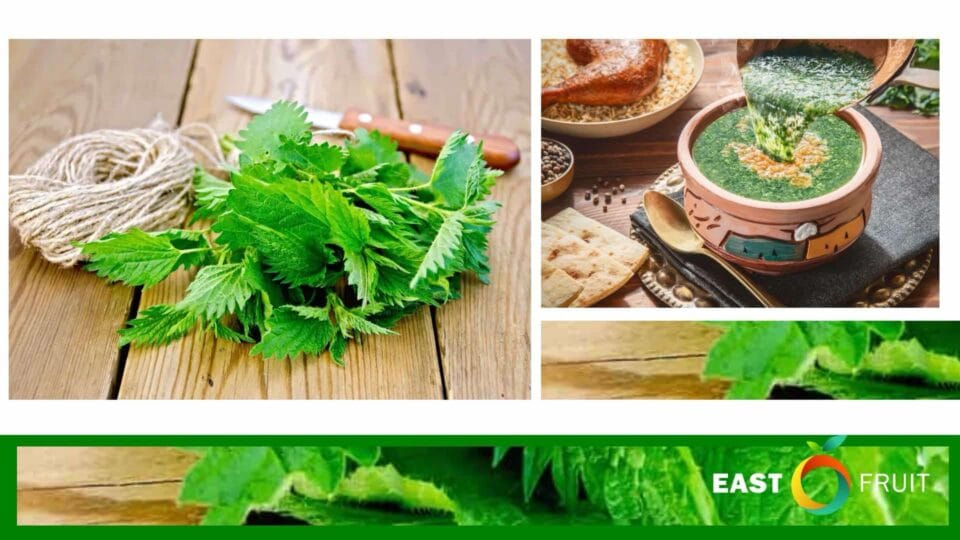Molokhia, also known as Egyptian spinach, Jew’s mallow, or jute mallow, is a nutrient-packed leafy green that has deep cultural and historical roots in Egypt. Renowned as the “National Dish of Egypt,” molokhia holds a special place in the culinary traditions of the Middle East and North Africa. With its vibrant green color, unique texture, and health benefits, molokhia is steadily gaining recognition as a “superfood” with tremendous potential in global markets, highlights EastFruit.
Historical and Cultural Significance
The origins of molokhia trace back to the Pharaonic era. Two captivating historical accounts link this plant to ancient Egypt. According to one, molokhia was once believed to be poisonous until the Hyksos forced Egyptians to eat it, only to discover its edibility and nutritional value. The other story suggests that molokhia, derived from a word meaning “majestic” in hieroglyphics, was an exclusive delicacy reserved for Pharaohs and royalty.
Today, molokhia remains a staple in Egyptian households, served as a thick, gelatinous soup paired with rice or pita bread. Whether made with chicken, rabbit, or even shrimp in coastal regions like Alexandria, this dish is a beloved comfort food across generations. Egyptian mothers have also turned it into a clever way to introduce vegetables to young children, often hiding other greens within the signature molokhia and rice combination.
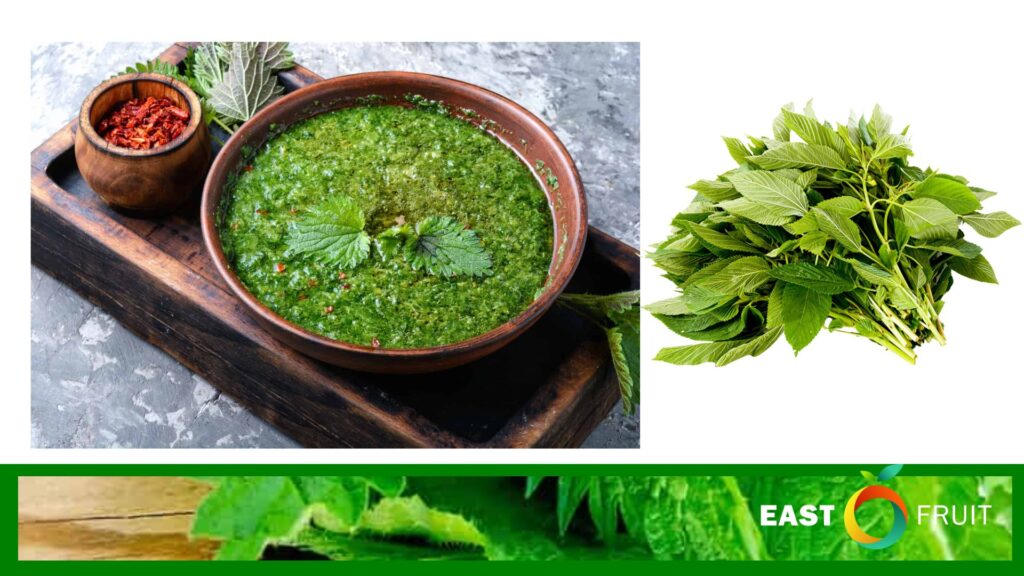 Nutritional Powerhouse
Nutritional Powerhouse
Molokhia is celebrated for its exceptional nutritional profile. It provides three times the calcium and phosphorus of kale and four times the riboflavin. Additionally, it meets 70% of the recommended daily allowance (RDA) for vitamin C and 25% for vitamin A. Beyond its vitamin content, molokhia is rich in fiber, potassium, iron, magnesium, and selenium, making it a true “superfood.” Studies have also highlighted its anti-inflammatory, antioxidant, and immunomodulatory properties, further boosting its appeal in the health-conscious global market.
From Egypt to the World
Egyptian exporters and producers are seizing the opportunity to introduce molokhia to global consumers. Companies like Legacy Farm, ESFIC, HITAC Trading Company, SanuFoods, GeoFarms, Montana, and Givrex are at the forefront of this movement, combining traditional agricultural practices with modern processing technologies to meet international standards.
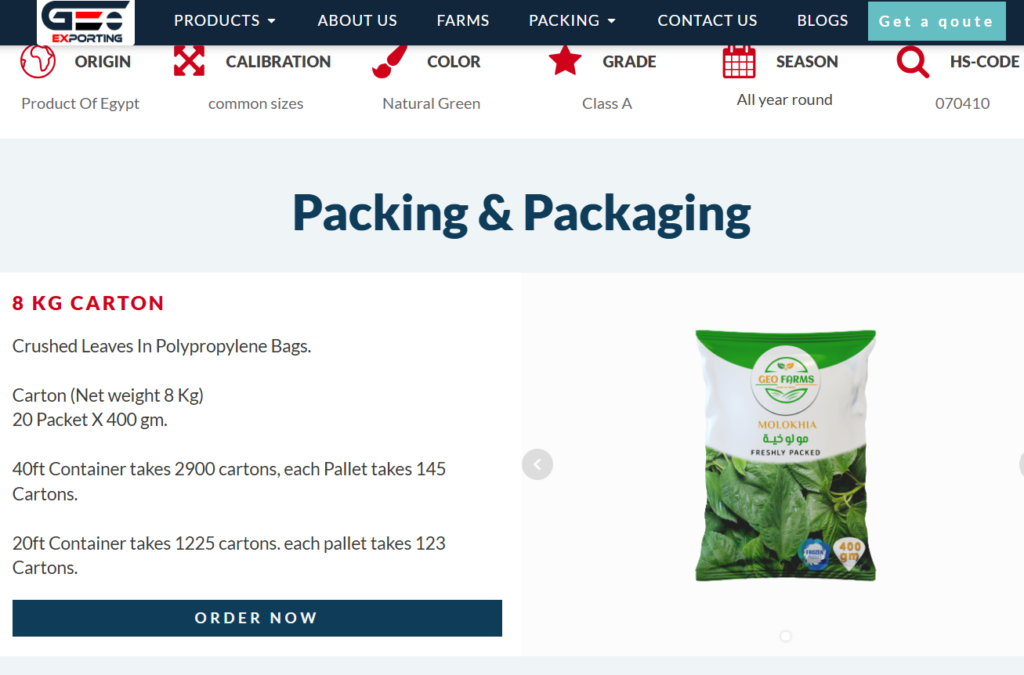 “We lovingly cultivate molokhia, a traditional Egyptian leafy green. Our skilled farmers nurture each plant with care and dedication, resulting in vibrant and flavorful harvests,” states Legacy Farm’s website, showcasing their commitment to quality and sustainability.
“We lovingly cultivate molokhia, a traditional Egyptian leafy green. Our skilled farmers nurture each plant with care and dedication, resulting in vibrant and flavorful harvests,” states Legacy Farm’s website, showcasing their commitment to quality and sustainability.
Read also: How to earn more on fruits and vegetables: Secrets from Japanese and Korean farmers
Processing and Exporting Excellence
Exporters leverage advanced technologies to preserve molokhia’s natural taste and nutritional value. For instance, ESFIC’s company process includes ultra-washing and precise cutting methods to ensure premium quality. Their production season spans from June to October, with product varieties ranging from chopped to whole leaves.
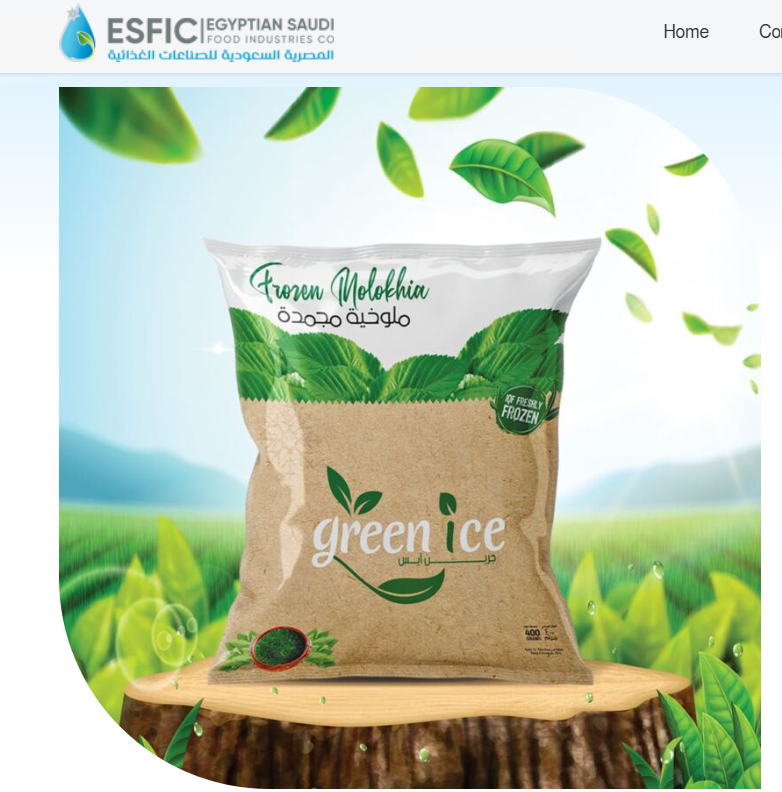 HITAC Trading Company emphasizes its adherence to European specifications. “We export molokhia from our farms and from some suppliers, always ensuring the highest quality. We have exported molokhia to Belgium, England, Germany, and several Arab countries,” their website states.
HITAC Trading Company emphasizes its adherence to European specifications. “We export molokhia from our farms and from some suppliers, always ensuring the highest quality. We have exported molokhia to Belgium, England, Germany, and several Arab countries,” their website states.
Similarly, SanuFoods focuses on frozen molokhia, describing their meticulous cleaning, blanching, and freezing processes: “Our frozen molokhia retains its vibrant color, distinct aroma, and nutritional value, providing a convenient and authentic option for hearty soups and stews.”
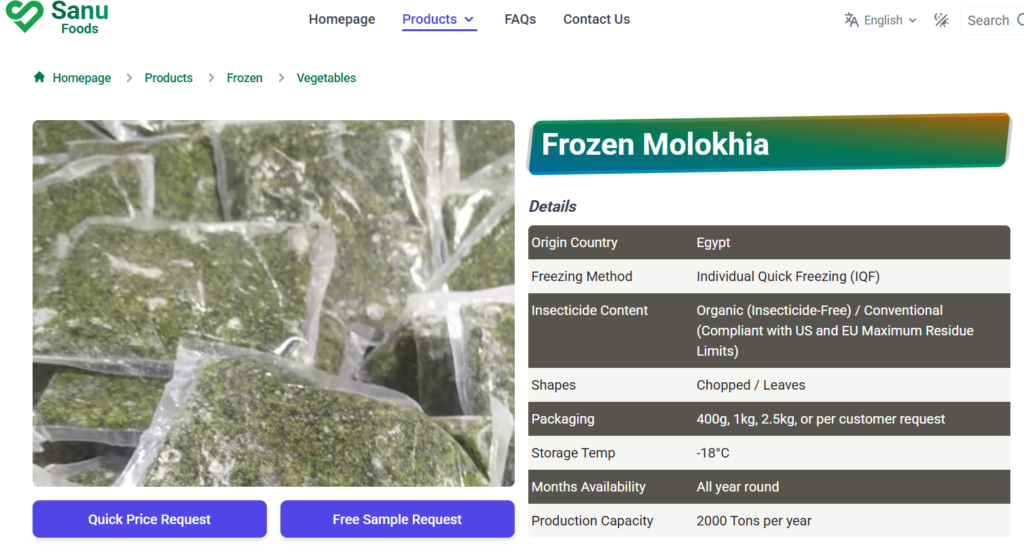 Montana, a one of the pioneers in Egypt’s frozen produce sector since 1985, boasts state-of-the-art machinery that guarantees chemical-free and additive-free molokhia. “Harvested from our fields located next to our factory, we deliver the freshly harvested molokhia in less than 30 minutes to the production lines,” the company highlights.
Montana, a one of the pioneers in Egypt’s frozen produce sector since 1985, boasts state-of-the-art machinery that guarantees chemical-free and additive-free molokhia. “Harvested from our fields located next to our factory, we deliver the freshly harvested molokhia in less than 30 minutes to the production lines,” the company highlights.
Givrex, established in 1978, echoes this commitment to quality: “After we receive the molokhia leaves, they are treated in a particular way to preserve their high quality and sweetness, resulting in a succulent taste that satisfies even the most discerning gourmets.”
Read also: Molokia – new vegetable superfood with bright market potential
Unlocking Global Potential
As global consumers seek nutrient-rich, sustainable, and culturally unique foods, molokhia is well-positioned to make an impact. Its versatility—available fresh, dried, or frozen—makes it appealing for diverse culinary applications, from traditional Middle Eastern dishes to modern health-focused recipes. With established exports to Europe, the MENA region, and beyond, Egyptian producers have demonstrated the ability to meet international quality standards while preserving the authenticity of this cherished green.
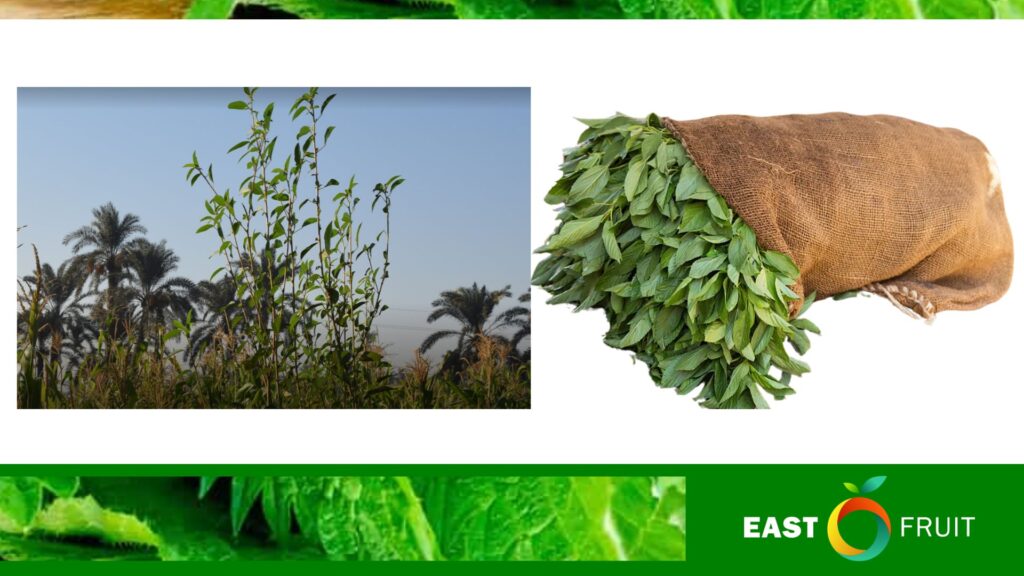 Molokhia’s journey from the fertile fields of Egypt to dining tables worldwide is a testament to its timeless appeal and adaptability. As demand for nutrient-dense superfoods grows, molokhia’s story—rooted in history, health, and heritage—offers a compelling case for its expansion in global markets. Egyptian exporters and producers of fruits and vegetables are not only preserving a cultural legacy but also opening new opportunities for economic growth and international collaboration.
Molokhia’s journey from the fertile fields of Egypt to dining tables worldwide is a testament to its timeless appeal and adaptability. As demand for nutrient-dense superfoods grows, molokhia’s story—rooted in history, health, and heritage—offers a compelling case for its expansion in global markets. Egyptian exporters and producers of fruits and vegetables are not only preserving a cultural legacy but also opening new opportunities for economic growth and international collaboration.
The use of the site materials is free if there is a direct and open for search engines hyperlink to a specific publication of the East-Fruit.com website.




